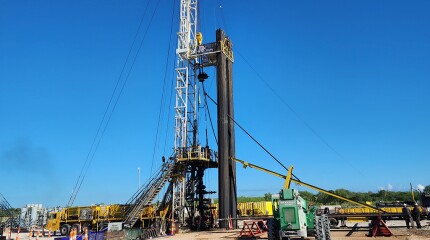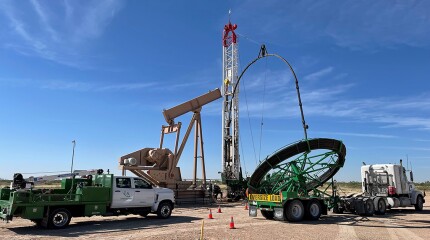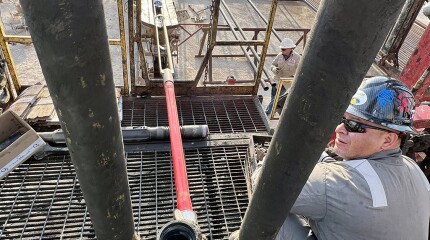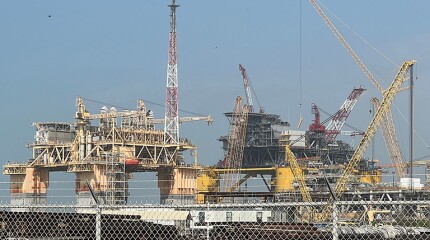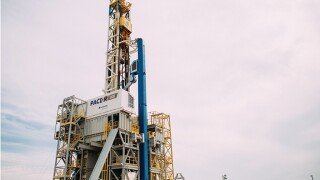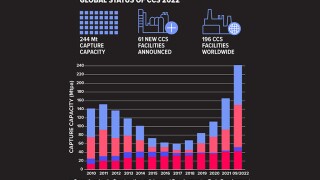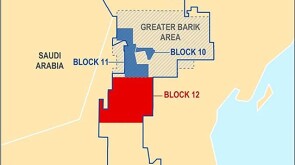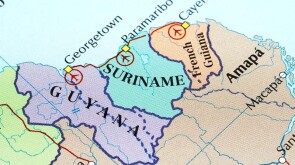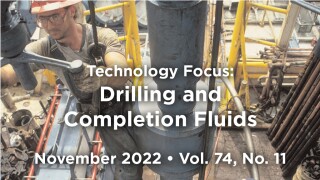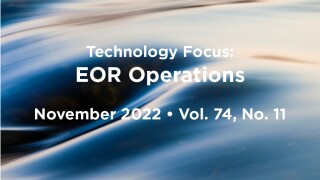JPT November 2022 Issue

On the Cover
Well pads spread across the Permian Basin of west Texas. Source: Getty Images.
Read the JPT Digital Magazine [Members only]
Monthly Features
-
Recent studies have reignited the question of whether US oil and gas companies are ignoring the opportunity to refracture large swaths of maturing assets.
-
Makers of continuous sucker rods are out to convince customers that it really is possible to make a better sucker rod that could save them some money.
-
In this second part of a two-part series on advances in artificial lift, we’ll look at the state of optimization and a trio of techniques and technologies under development or new to the market. Look for quarterly reviews of specific types of lift in upcoming issues in the new year.
-
US GOM players have come out of the pandemic slowdown with new perspectives on spending and cycle times and are targeting finds that can utilize existing hardware instead of those that require new iron.
Guest Editorial
-
Remote operations and automation have reshaped the drilling landscape in recent years, but this may be just the beginning. Find out here which big milestones may be coming up next for the drilling sector.
President's Column
-
In 2022, several events took place that required a pause to think about their effect on our Society. It is time to close the chapter on these events, recognizing the lessons learned from them, and move forward with the main activities of SPE to provide members with the technical and professional support that allows us to provide the world with the energy it needs.
Comments
-
The CO2 capture capacity of all CCS facilities under development increased 44% over the past 12 months, bringing the total capacity of those projects to 244 mtpa of CO2.
E&P Notes
Case Study
-
A consortium of 20 organizations, REX-CO2, including research institutions, operators, and regulatory authorities, studied mature wells in two areas of the UK Continental Shelf. Subsurface data were evaluated and verified the wells’ potential suitability for both reuse and CO2 injection and storage.
Drilling and Completion Fluids
-
Significant reserves additions may be realized if the risks associated with drilling in such harsh conditions can be managed effectively. Design and development of a new generation of drilling fluids able to fulfill all of the attributed functions under extreme pressure and temperature conditions is one of the key requirements for unlocking these resources.
Artificial Lift
-
Understanding the injected-water preferential paths is a key aspect of waterflood optimization in reservoirs characterized by strong vertical and areal heterogeneities. Devising specific work flows for such applications is important.
Data Analytics
-
Hydraulic fracture stimulation is proven to be the economic way to develop tight unconventional reservoirs. From an operational perspective, hydraulic stimulation is well established and widely applied to most unconventional plays. There is still room for improvement, however, to increase the efficiency and deepen the understanding of the detailed mechanism in the pro…
Sand Management
-
Flow assurance effects from slugging and various types of solids deposition during engineering, design, maintenance, and operations still create challenging technical issues needing safe, economical solutions. The recurring long-term mitigation of flow assurance phenomena such as the deposition of wax, erosion, asphaltenes, corrosion, and salt, still demands attention…
SPE Members: Access the free technical papers synopsized above through 31 December.

